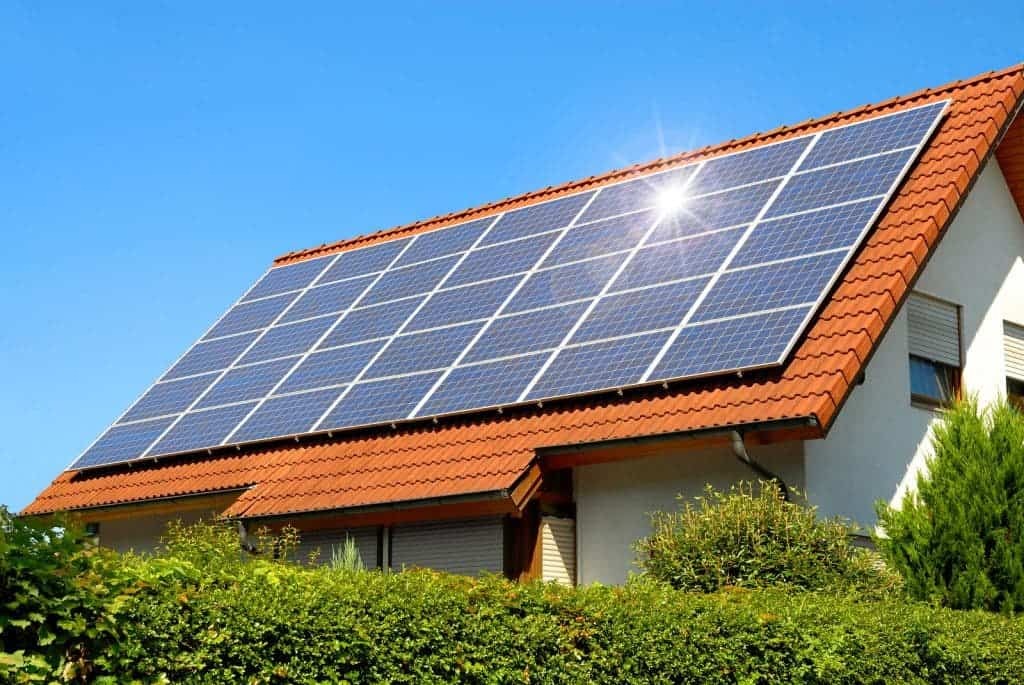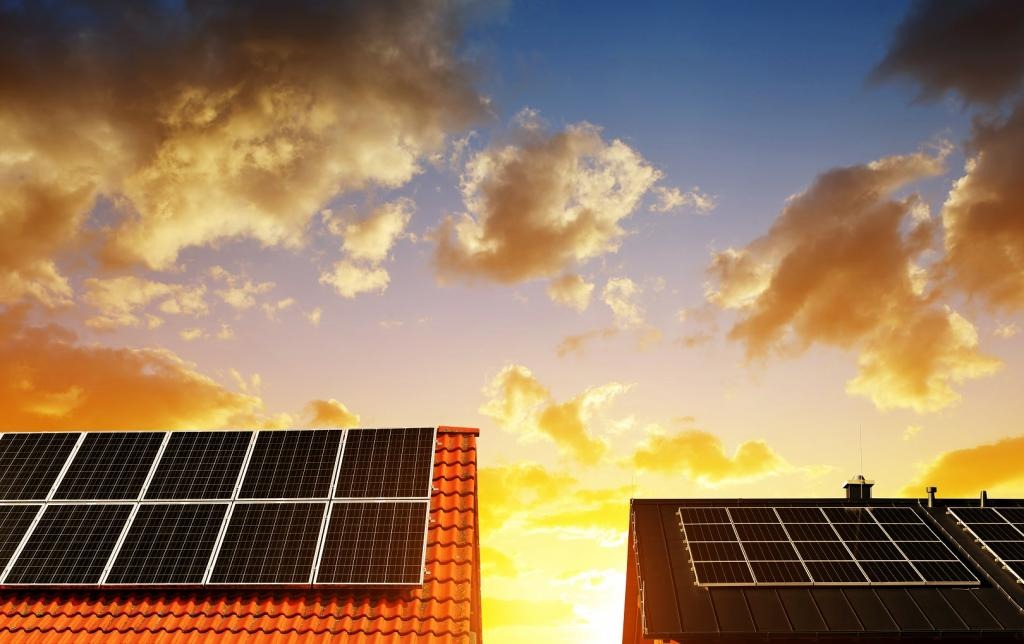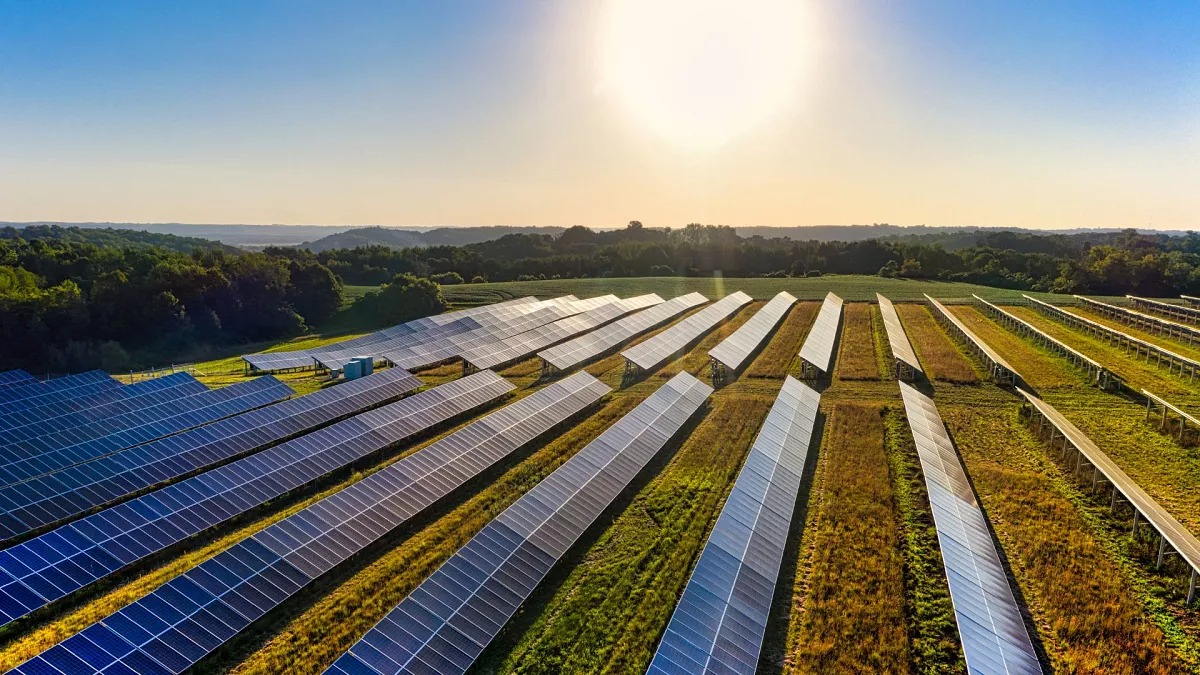Not Working on Cloudy Days
One of the most popular misconceptions about solar panels is that they do not work when weather is cloudy. This idea is to a large degree misleading, as solar panels can generate power even under thick clouds. The main reason this happens is that, as long as there is some light on the sky, the solar energy cells will be able to capture it to some degree.
Understanding Photovoltaic Cell Work Mechanism
As Long as the Sun is above the horizon, it shines with different frequencies of light, and, therefore, colors from gamma rays to infrared lights. Photovoltaic cells can employ a range of these rays, with most solar products relying on visible light to make solar panels. Thus, even when the sky is cloudy, rays density can decrease with thicker clouds, and other frequencies can also be absorbed by the panel as long as some light goes through cloud cover.
Cloud Cover Efficiency
Many people tend to suppose that solar panels stop working completely under heavy cloud cover. In reality, they lose about 75-90% of their efficiency. With thinner clouds, the efficiency will also decrease but the loss is significantly lower, at only about 50% of regular capacity. In both cases, solar panels will still work, and generate a substantial part of their regular power. San Francisco can be taken as the most vivid example as here, despite the common belief in the power of the Golden Gate city’s clouds, minimum hours of sun will not prevent home solar from achieving about the same results as in sunnier states.
Technological Proox
However, over the past decade, not focusing on developing solar panels and solar technologies would have been a mistake. The performance of the solar batteries themselves has exploded and the highest solar output efficiencies have been multiplied. Even in full darkness, one cannot hope to maintain the same capacity as in the afternoon. Example of Germany and the United Kingdom. Yes, Germany is frequently overcast, and the same is true of the United Kingdom. Both countries increased their efficiency and capacity in using solar panels and solar energy. In particular, thanks to the appropriate management of modern-day networks.
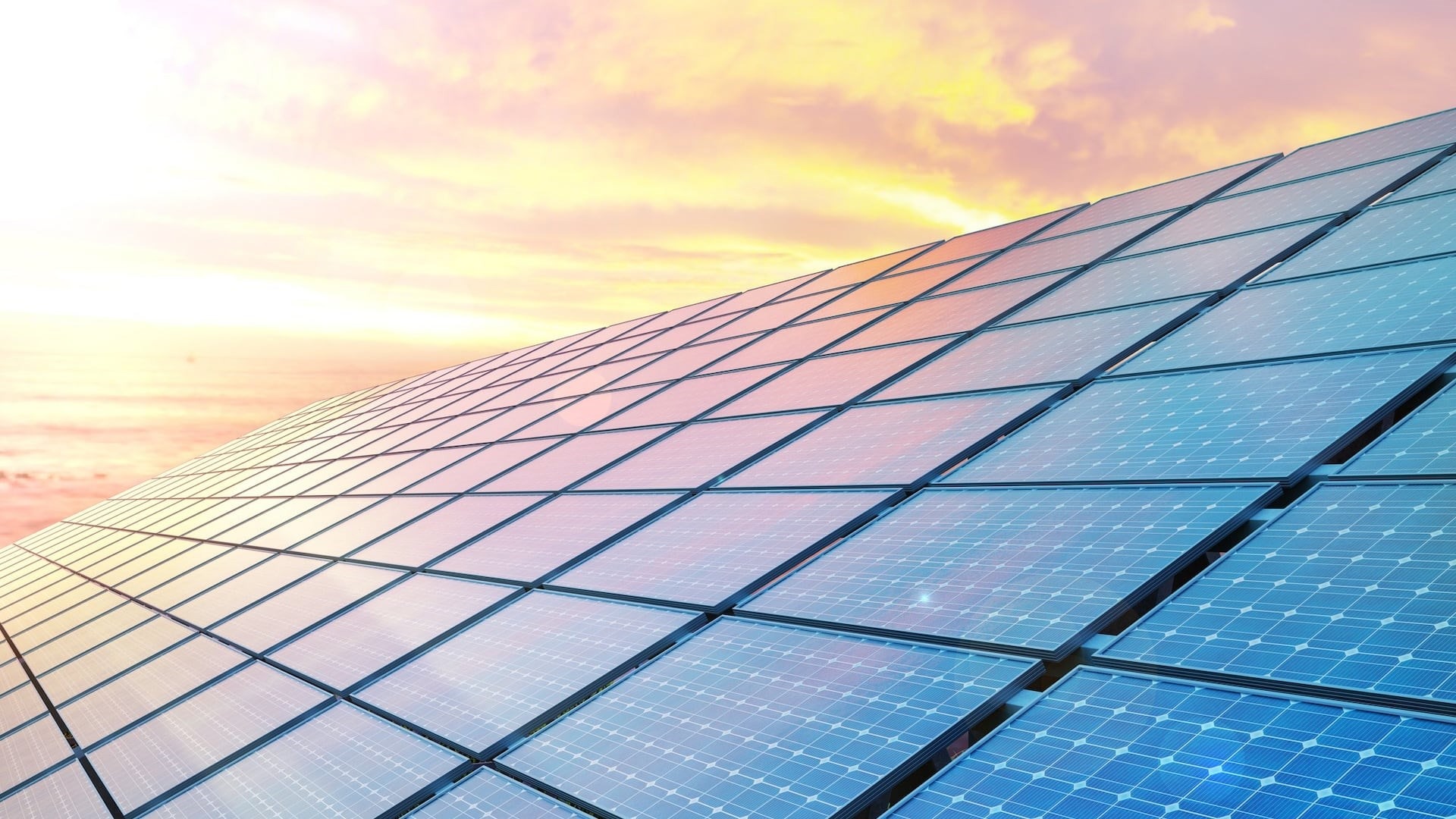
System is too Expensive
A widespread misconception concerning solar energy systems is that they are too pricey. In reality, while the corresponding upfront expenditures may be substantial, a combination of innovative technological solutions and government incentives have converted them into a quite affordable alternative. Below, it is proposed to have a closer look at the issue.
Cost Breakdown
The cost of solar panels has experienced a more than 70 percent reduction over the past ten years. Nowadays, the average upfront expenditure in the U.S. for a residential solar system is about $15,000 to $25,000, considering related tax credits, with it including the price for panels, inverters, mounting hardware, and labor receiving and installing them.
Government Incentives and Rebates
Federal, state, and local initiatives in their turn can reduce such expenses drastically, making solar more attractive to homeowners and businesses. For instance, the federal solar tax credit in the U.S. allows to take 26 percent of the corresponding costs from your federal taxes. Most states, however, also offer additional rebates, which would decrease the above-mentioned average installation prices by up to thousands of dollars even more in special cases.
Long-Term Savings
Generally, the later savings from solar installations are significant enough to outweigh the corresponding upfront costs. On average, households in the U.S. will pay between $10,000 and $30,000 less for electricity consumed over the lifespan of their solar systems, which is typically 25-30 years. Besides, in “sunshine” states such as California and Arizona, the corresponding savings are even bigger due to the higher efficiency of the installed solar panels and larger power rates on average.
Requires Regular Maintenance
One common myth about solar panels is that they require a lot of maintenance. In fact, solar panels are one of the most low-maintenance energy technologies available. Solar panels will work well throughout their lifespan with minimal maintenance, and as such do not require excessive servicing.
Minimum Maintenance Needs
In most cases, solar panels will only need to be cleaned to preserve their efficiency. For the vast majority of residential setups, rainfall will be enough to clean the panels. In dry climates, it makes sense to do so two or three times a year. For cleaning, simply wash panels with a hose. Many webs, leaves, and dust will be easily washed off. For more stubborn dirt, a mop may be needed.
System Efficiency Monitoring
Many modern solar systems come with an embedded monitoring system. This software allows homeowners to check their systems’ performance on their smartphone or computer. It is advised to look into the software from time to time. Notably, you may want to do so if you see no solar production in your home when it is sunny outside.
Professional Maintenance
Although daily solar panel care requires a minimum of effort, it is advised to have a professional inspection every five years. Inspection costs on average $150-$300. Such inspection will check whether the mounting system is secure, the electrical connections are intact, and ensure that there are no physical damages to the panels.
Long Lifespan
Solar panels generally have long life expectancies. The warranty of most manufacturers will run for 25 years. Within those years, panels are guaranteed to work at no less than 80% of initial efficiency. In reality, after 25 years, most panels will still have a similar rate of efficiency.
Will Reduce Property Value
One of the myths that influence homeowners’ decisions is the belief that solar panels can decrease property value. Research indicates that solar panels may instead increase the value of the home.
Impact on Property Value
Several studies examining the value of the homes with solar panels present show that such homes usually sell for more than the homes without solar panels. In a comprehensive study completed by the Lawrence Berkeley National Laboratory, researchers examined 22,000 sales of homes in different U.S. states throughout 2002–2013. The study stated that the homes with solar panels typically received a premium and sold for about 4% more than comparable homes without solar panel systems. The reason for this effect is that solar panels are associated with the depreciation of marginal emissions costs. The homeowners and buyers tend to be more interested in the solar energy benefits as this energy source could replace the higher-price energy at peak load times. This finding is consistent with other studies that show similar trends. The U.S. Department of Energy report concludes that the homes with solar panels tend to sell twice as quickly as homes without solar panels.
Market Trend
The tendency is reinforced by the market trends, as more people buy homes with renewable energy sources and other eco-friendly technologies that can decrease their environmental impact. Overall, solar panels can increase the value of the home, showing that this myth is not valid and should not influence homeowners wishing to ensure their homes get the necessary solar energy supply. One of the potential reasons for the interest in the homes with the solar panels is the overall interest in homes and buildings that are energy-efficient due to the environmental concerns and the desire to decrease energy costs in the long run.
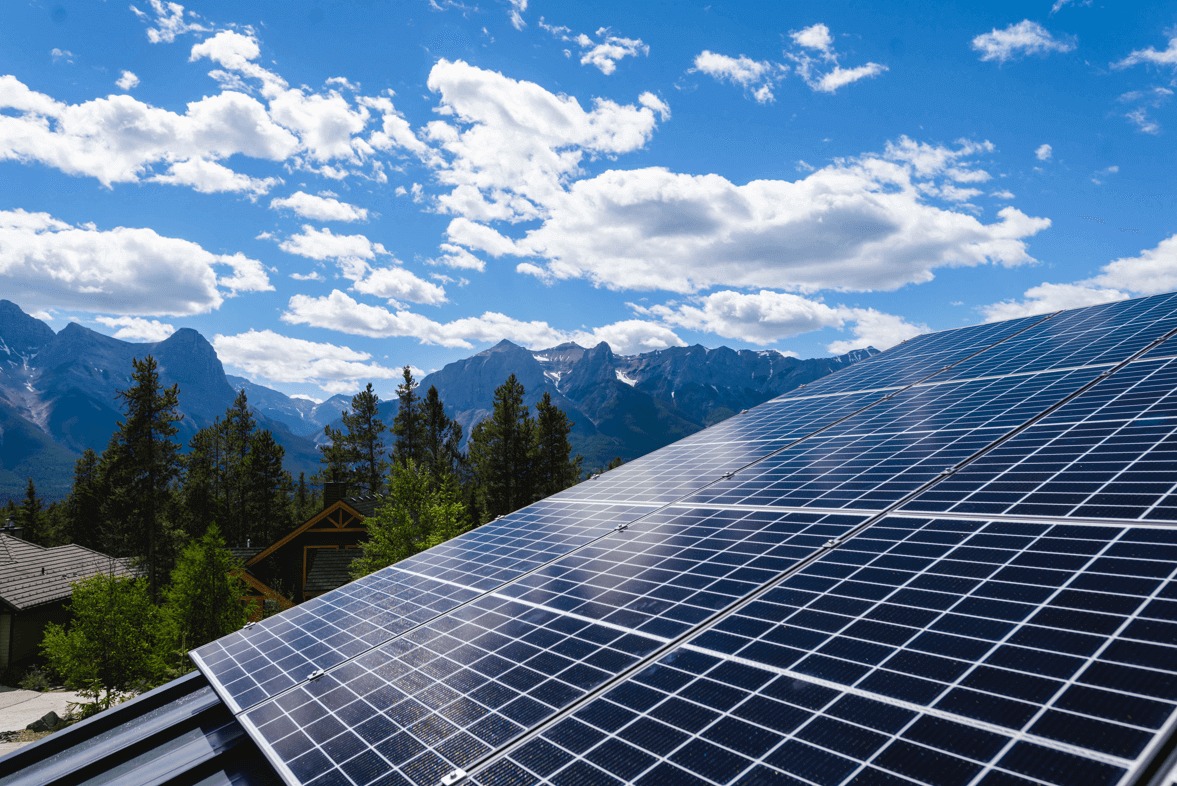
Not Efficient Enough
There’s a common misconception that solar panels are simply not efficient enough, which undermines the potential of solar energy as an effective power source. The latest technology and trends prove that the reality is rather different, and this form of energy is efficient enough for the front-and-center usage in the future. The efficiency of photovoltaic panels is currently over 15%, which makes them significantly more productive than it was previously assumed.
Current Efficiency Rates
The modern efficiency of energy production by solar panels ranges from 15% and can reach 22%. The number might seem relatively low for some, given that many modern means of energy conversion exert much higher efficiency rates. In the context of solar energy, however, this level of efficiency is highly effective considering that it is a limitless and free resource. It is also crucial to note that the actual efficiency of solar energy has significantly increased in the last 20 years, when the technology based on mono-Si cells had an efficiency of 10 At the moment, this technology ranges from 18% to 21% efficiency, while the most expensive multi-junction PV modules can operate at 24%.
Technological Advancement
Currently, the development of multi-junction PV modules that can effectively convert the spectrum of sunlight is arguably the most certain answer to the issue of efficiency. This technology utilizes both the visible part of the spectrum and infrared and UV parts and has been attested to be up to 40% efficient. While it primarily sees usage in military and space applications due to the high costs associated with the production, the falling prices of this technology might soon make multi-junction PV modules a common thing.
Real-World Application
Overall, the efficiency of modern solar panels is more than enough to power the homes, small shops, or even entire villages and regions. While the conservative estimates state that it is possible to power a modern house with a 20 m² installation of solar panels, many smaller houses have been effectively relying exclusively on solar power for years.

